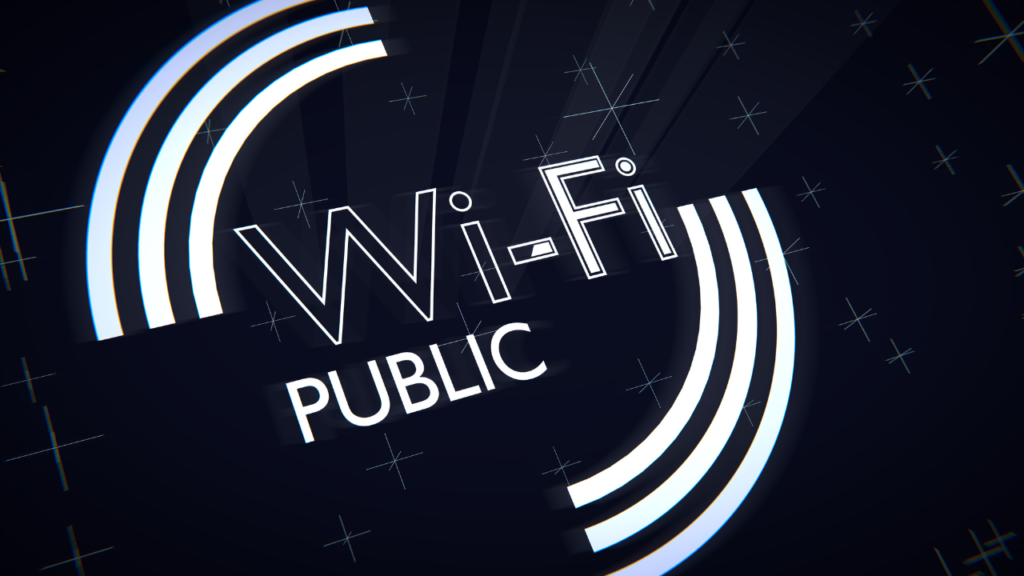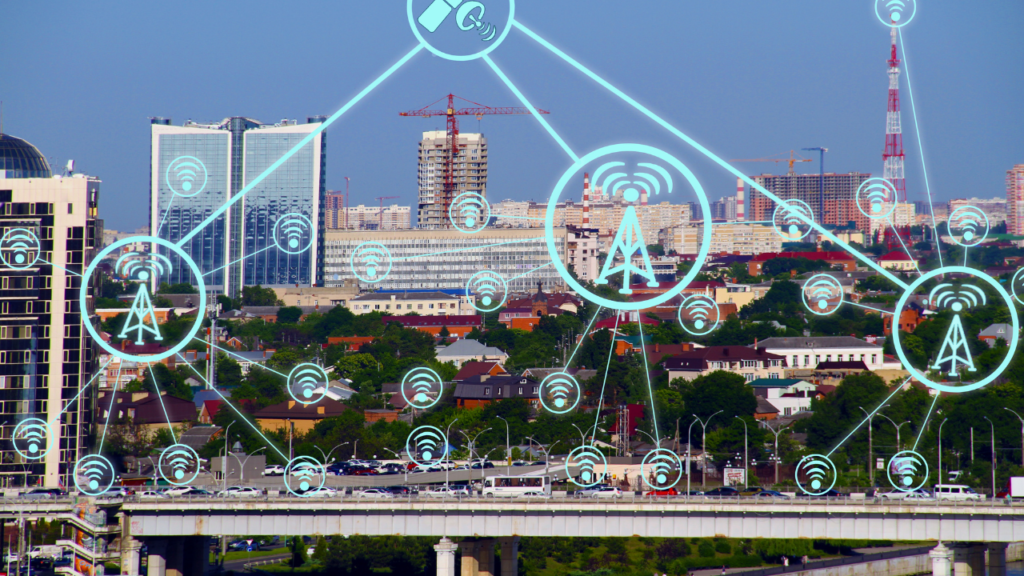With the rise of smartphones and an increasingly connected world, the convenience of public Wi-Fi is undeniable. Coffee shops, airports, malls – you name it – they all provide easy internet access. However, like all conveniences, public Wi-Fi comes with a dark side. Let’s delve into the security risks associated with using public Wi-Fi and how you can navigate these networks safely.

The Dangers of Public Wi-Fi
1. Unsecured Networks: These networks lack encryption, making it a cakewalk for cyber attackers to access your personal data.
2. Man-in-the-Middle Attacks: A lurking danger where hackers intercept your data transfer, potentially accessing personal or financial information.
3. Malware Invasion: Public Wi-Fi can be a gateway for malware to find its way into your device, causing havoc.
4. Evil Twin Deception: Attackers often mimic genuine Wi-Fi connections. Once you connect to these decoy networks, your data is ripe for the picking.
Shielding Yourself on Public Wi-Fi
1. VPN to the Rescue:A VPN or Virtual Private Network acts as your private tunnel in the public domain, encrypting data and keeping prying eyes away.
2. HTTPS is your Friend: Always ensure that websites use the HTTPS protocol. It provides an added layer of encryption, making data theft a lot more challenging.
3. Disable Auto-connect: Prevent unwanted connections by disabling the automatic Wi-Fi connection feature on your smartphone.
4. Use Your Hotspot: In potentially unsafe areas, use your phone’s personal hotspot for a more secure connection.
5. Regular Software Updates:Ensure you regularly update your phone’s software. Updated software patches vulnerabilities, fortifying your device’s defenses.
6. Two-Factor Authentication (2FA):2FA adds another security layer, ensuring that even if your password is compromised, your account isn’t.
7. Steer Clear of Sensitive Transactions: Public Wi-Fi isn’t the place for banking or online shopping. Avoid any activity that requires sensitive information.
FAQs
Q: Is it safe to check emails on public Wi-Fi? A: If you’re using a secure email platform with HTTPS and have a VPN, it’s relatively safe. However, always exercise caution.
Q: Can I trust a Wi-Fi network that requires a password? A: Not always. Even password-protected networks can be compromised. Always use protective measures like VPNs when in doubt.
Q: How can I identify an “Evil Twin” network? A: Always verify the network name with the establishment providing the Wi-Fi. If there are two networks with similar names, that’s a red flag.
Conclusion
Public Wi-Fi networks, while convenient, are riddled with security pitfalls. But with the right knowledge and a few protective measures in place, you can enjoy the convenience while minimizing the risks. The digital world is filled with potential threats, but by staying informed and vigilant, you can navigate it securely.
